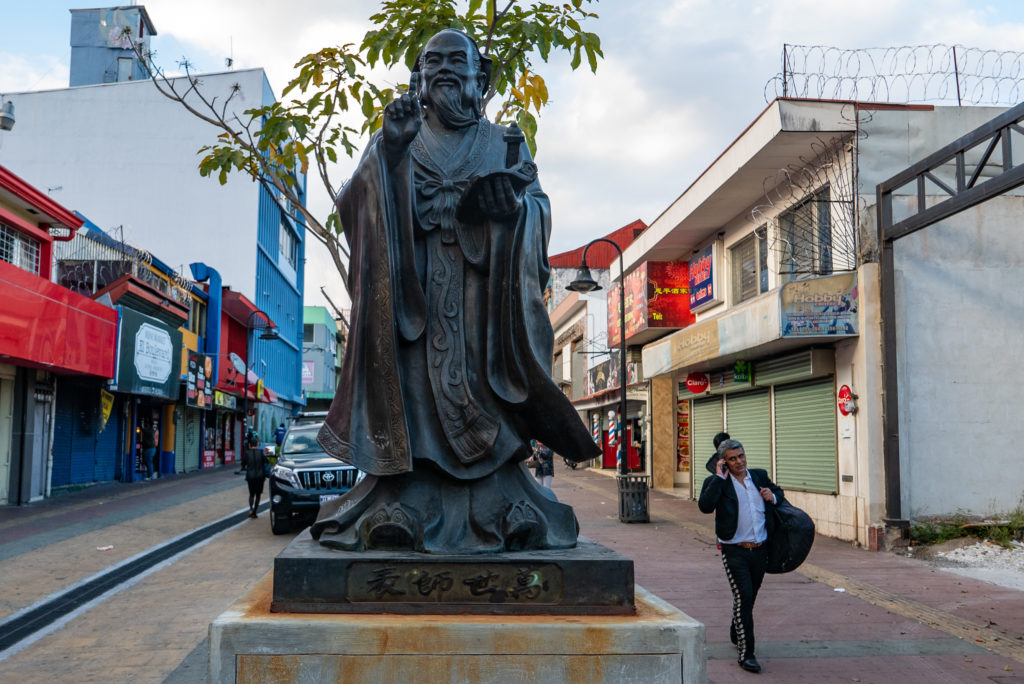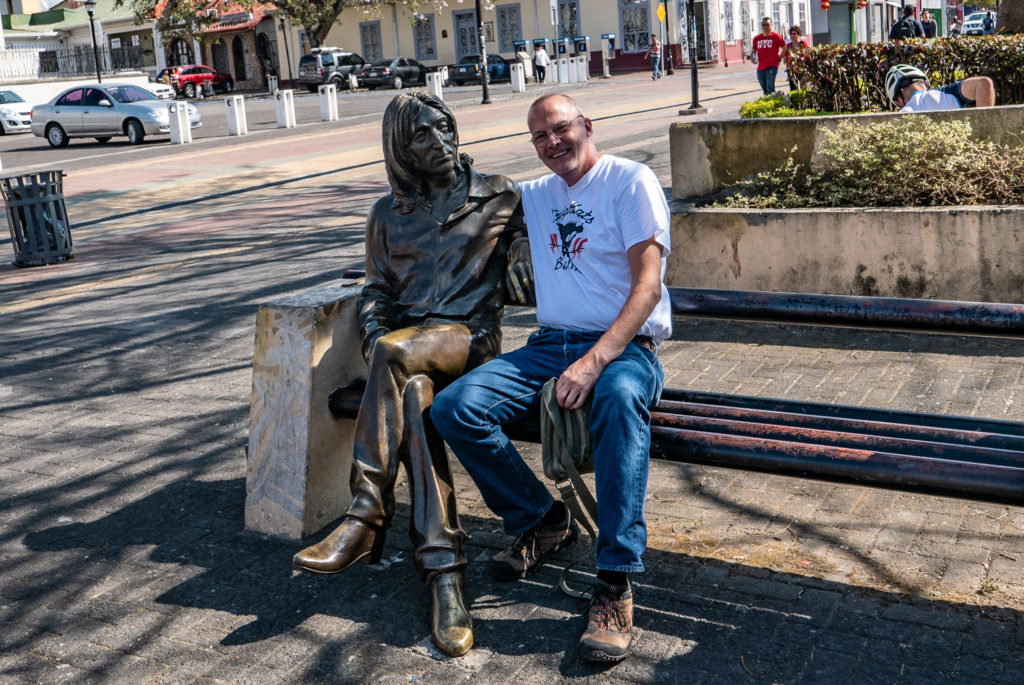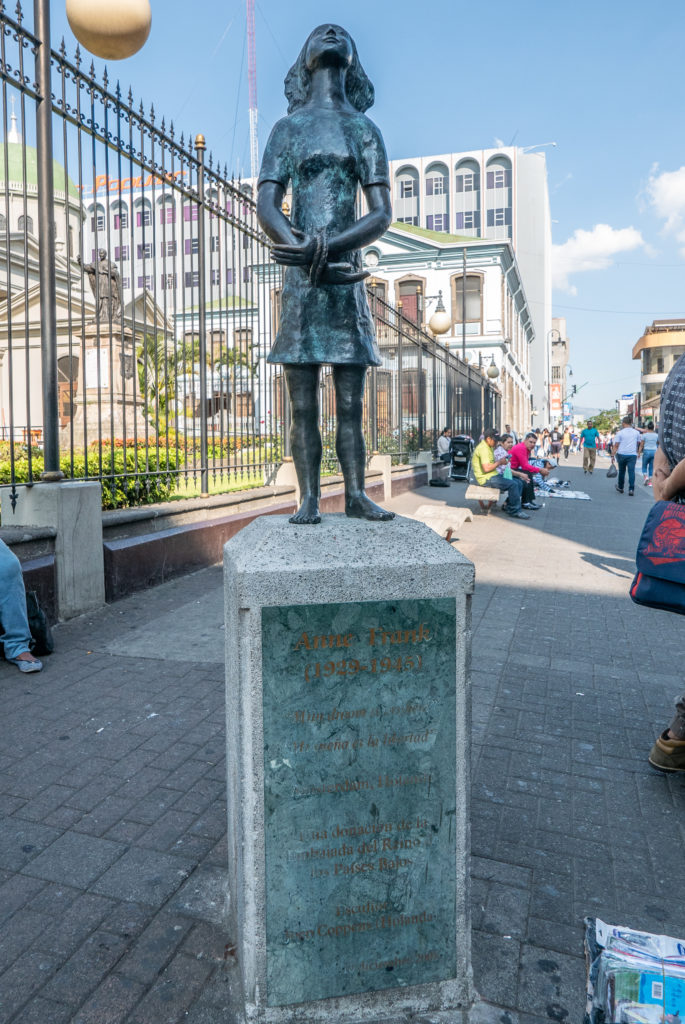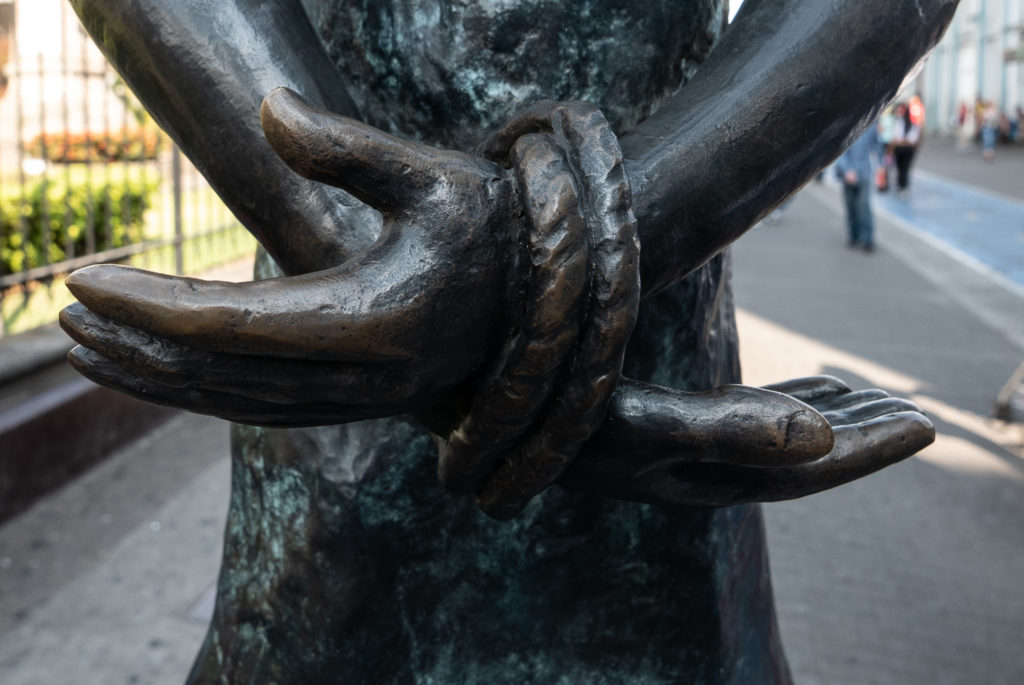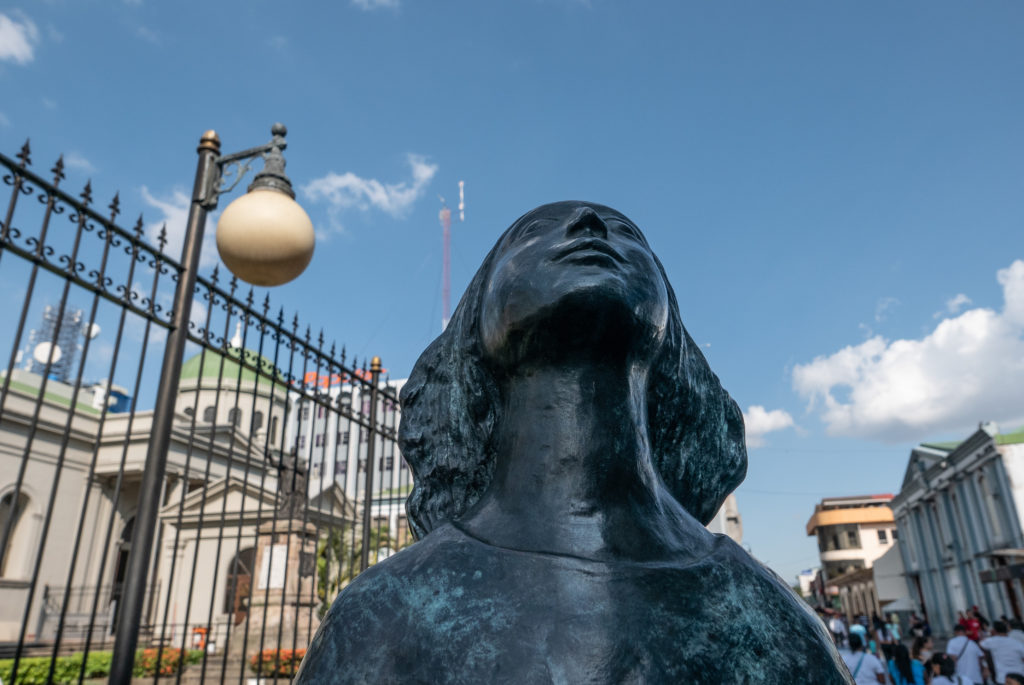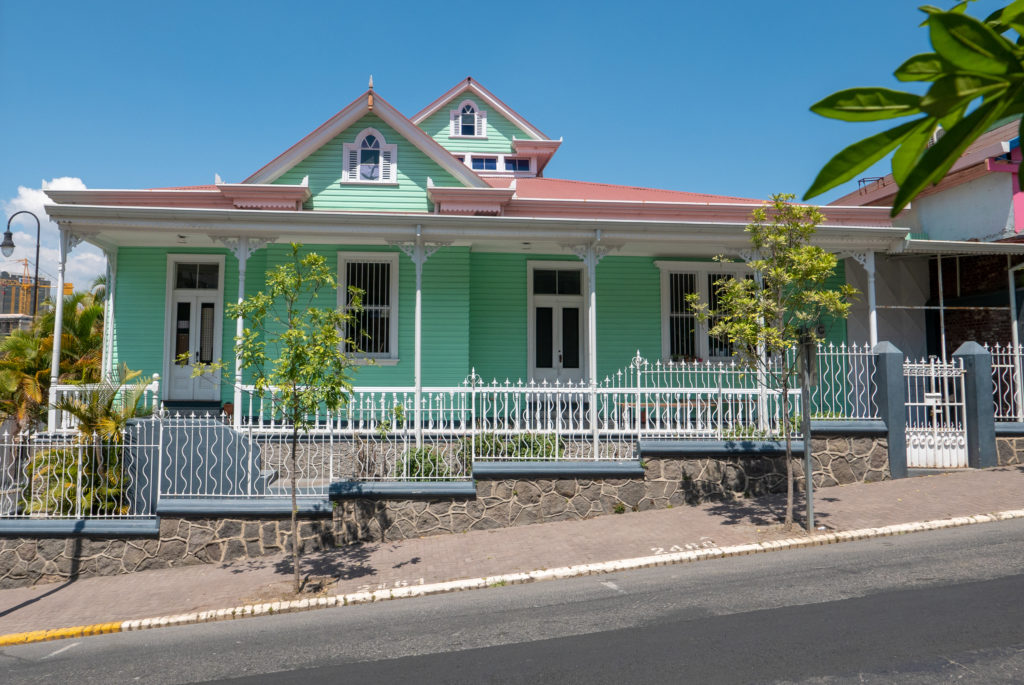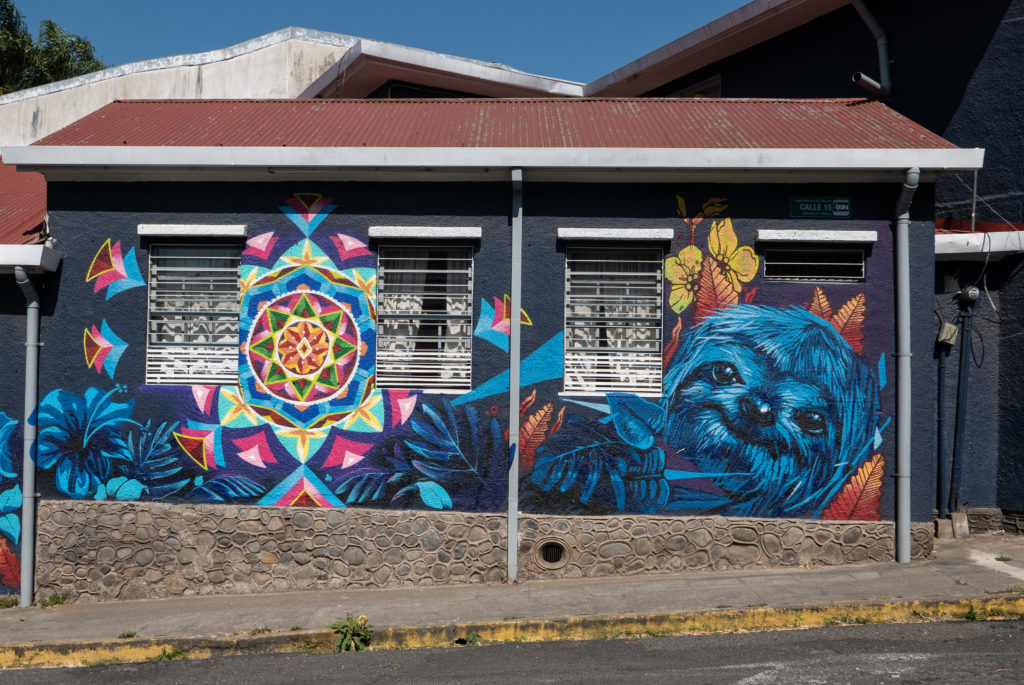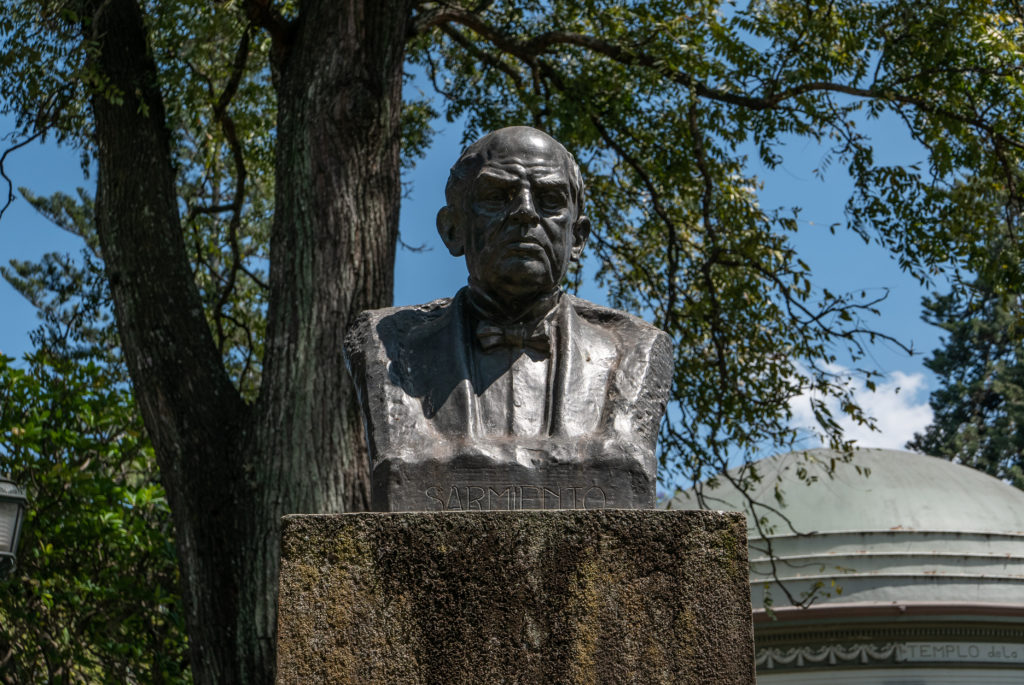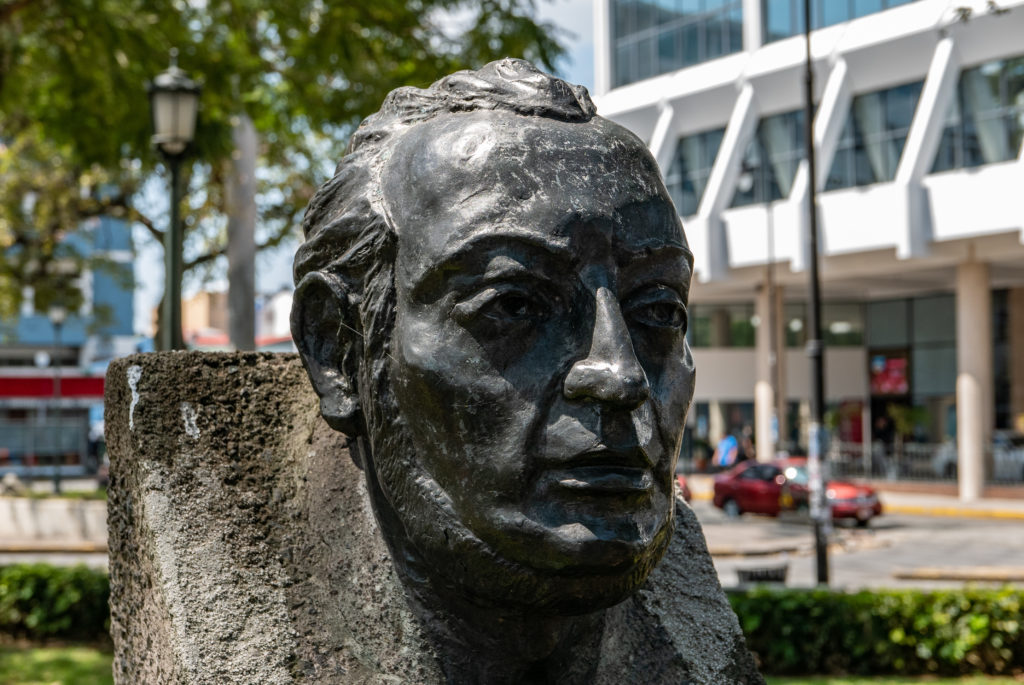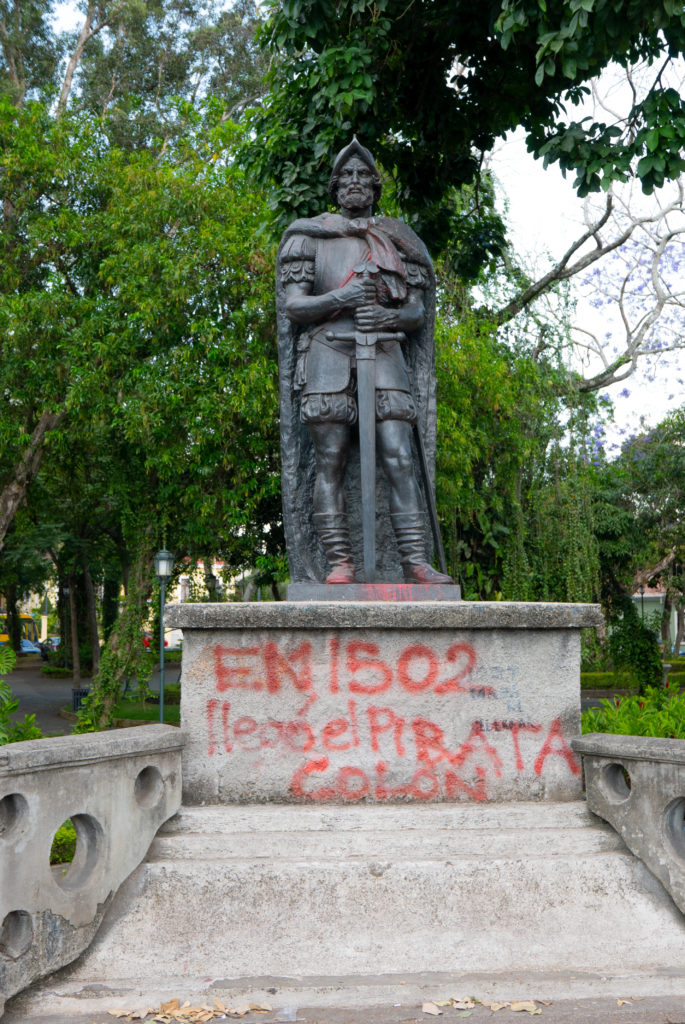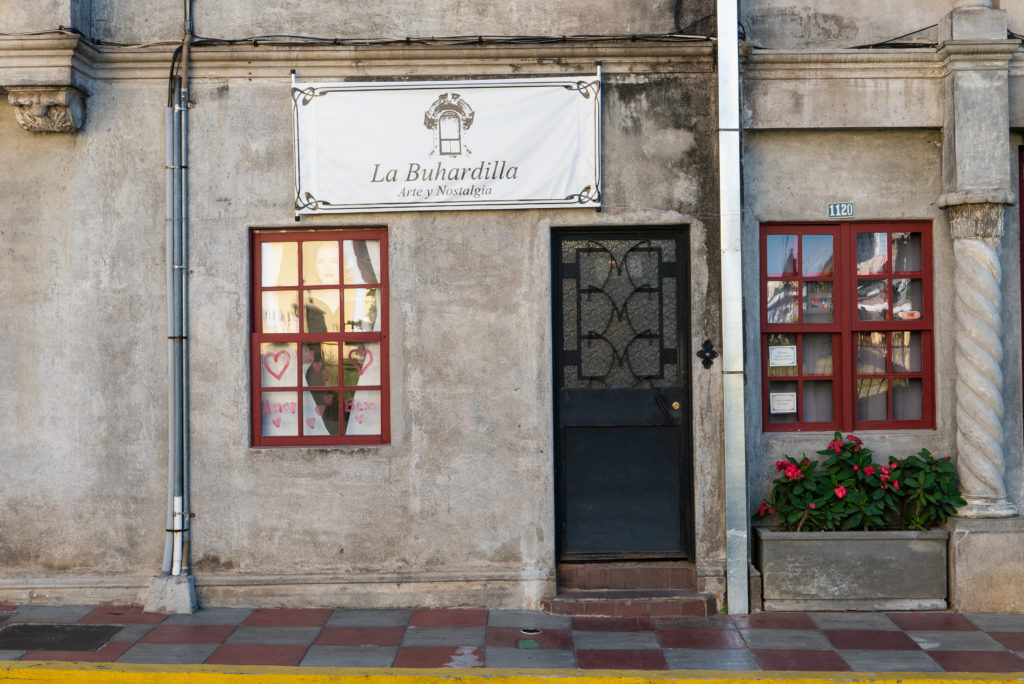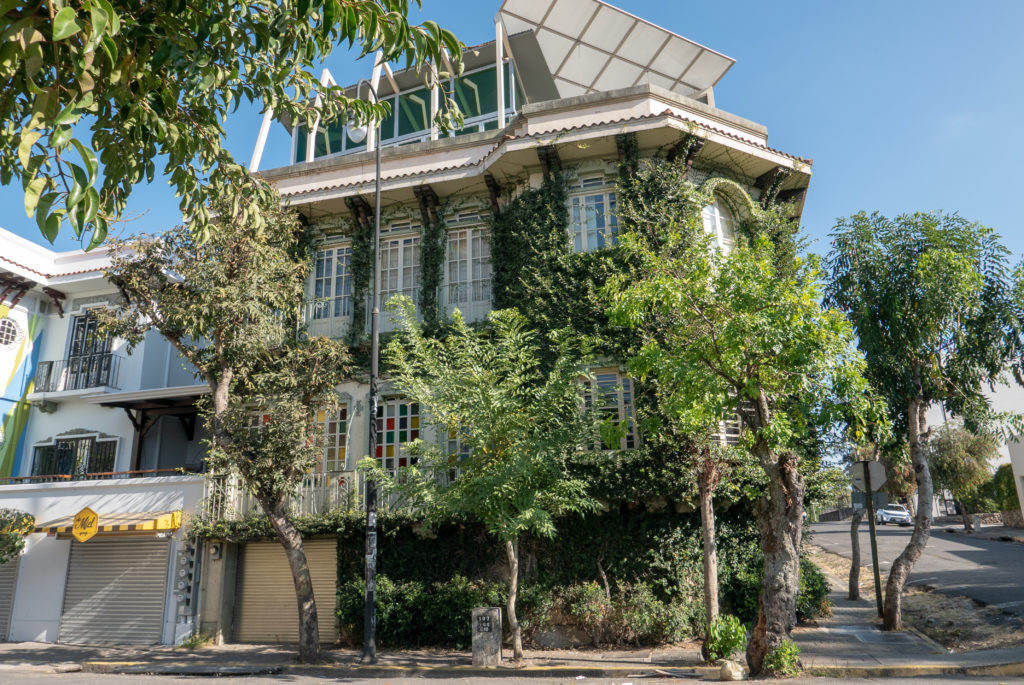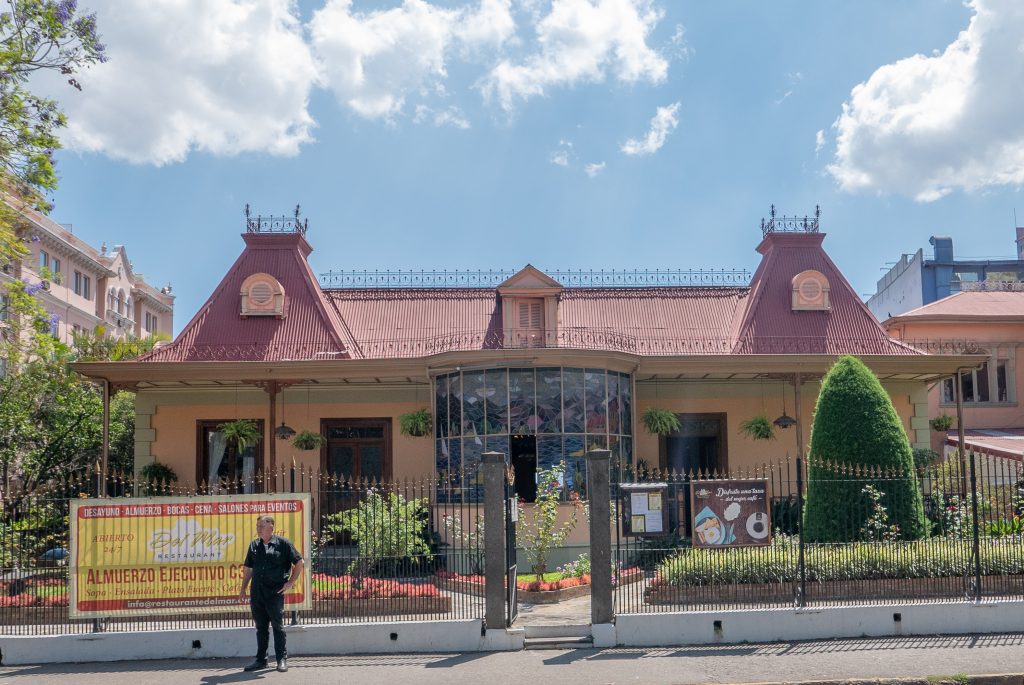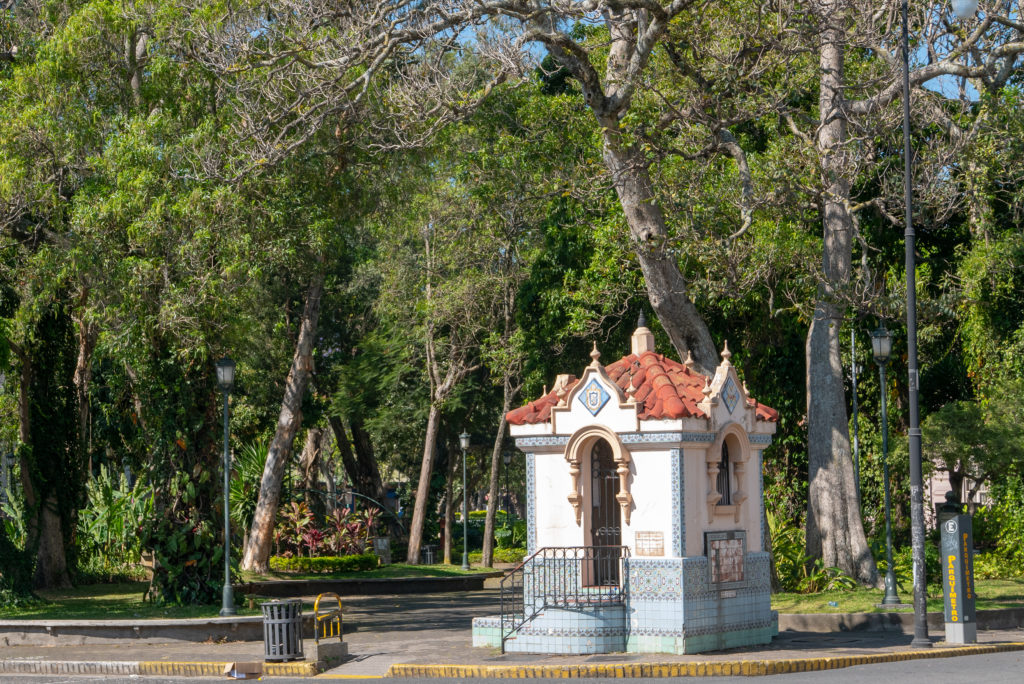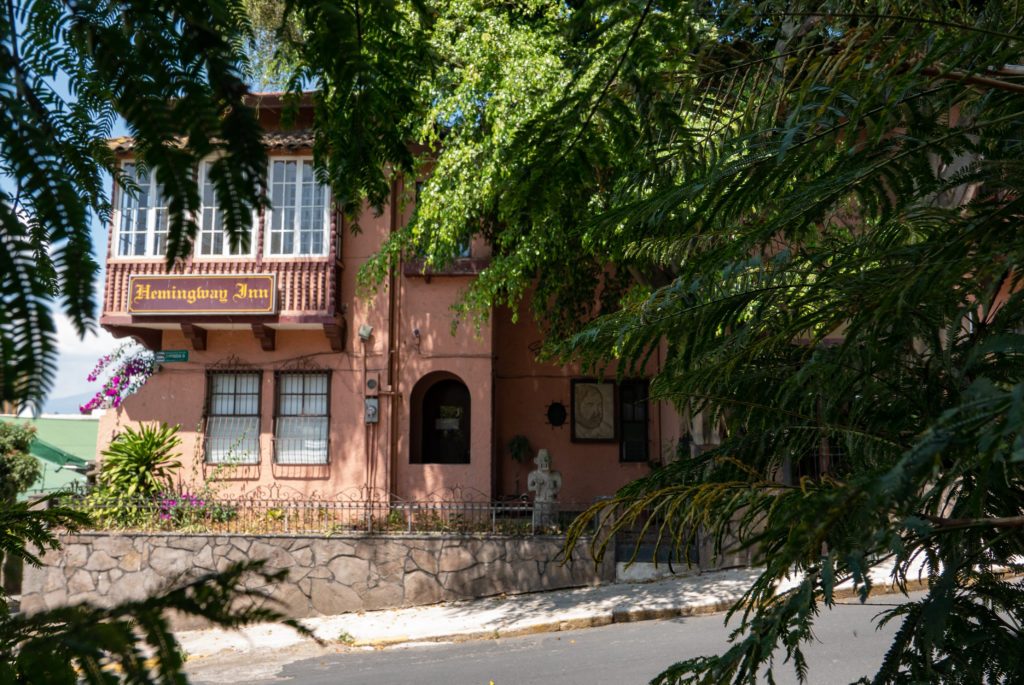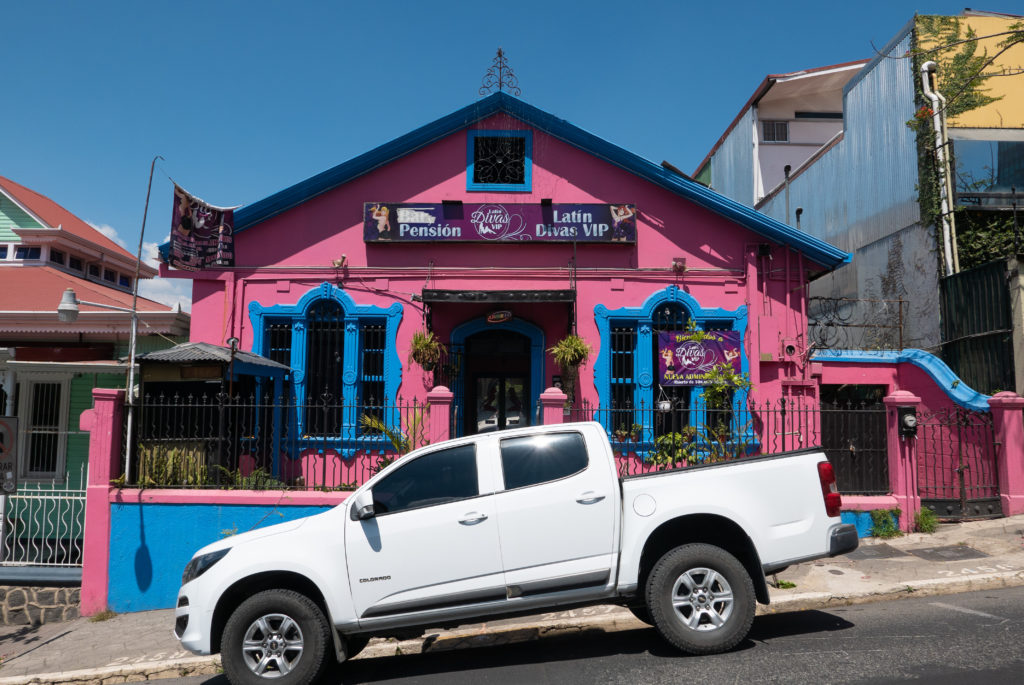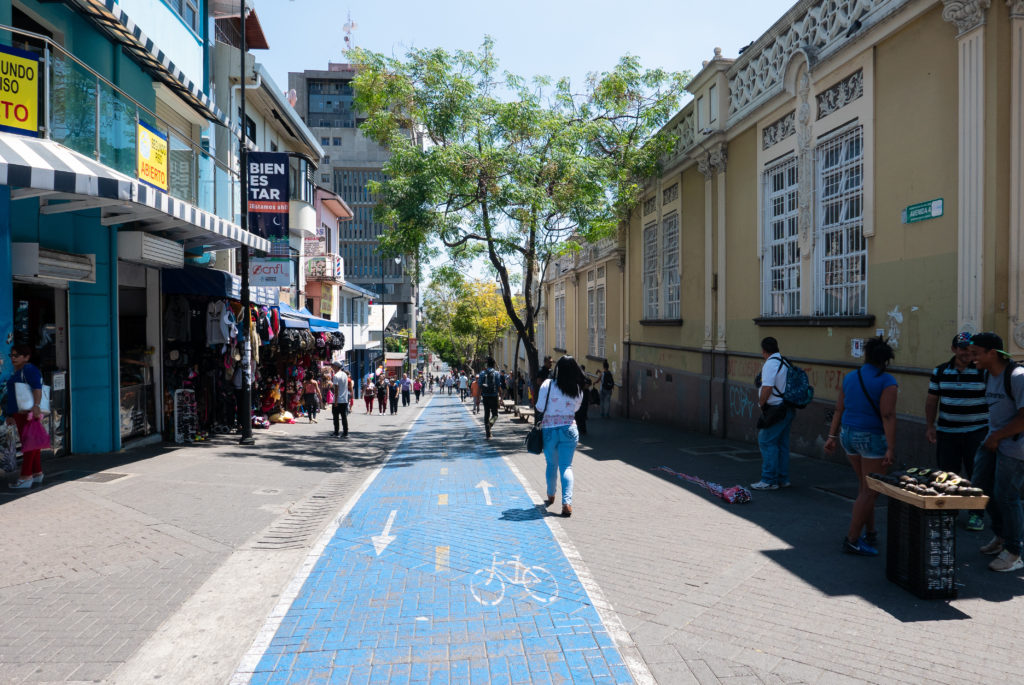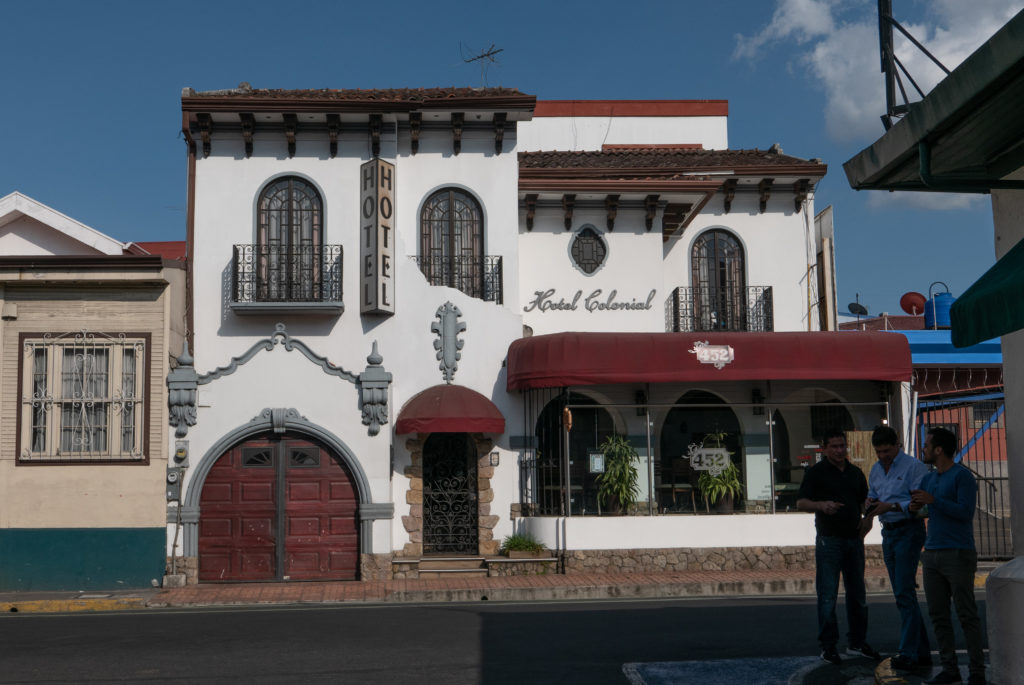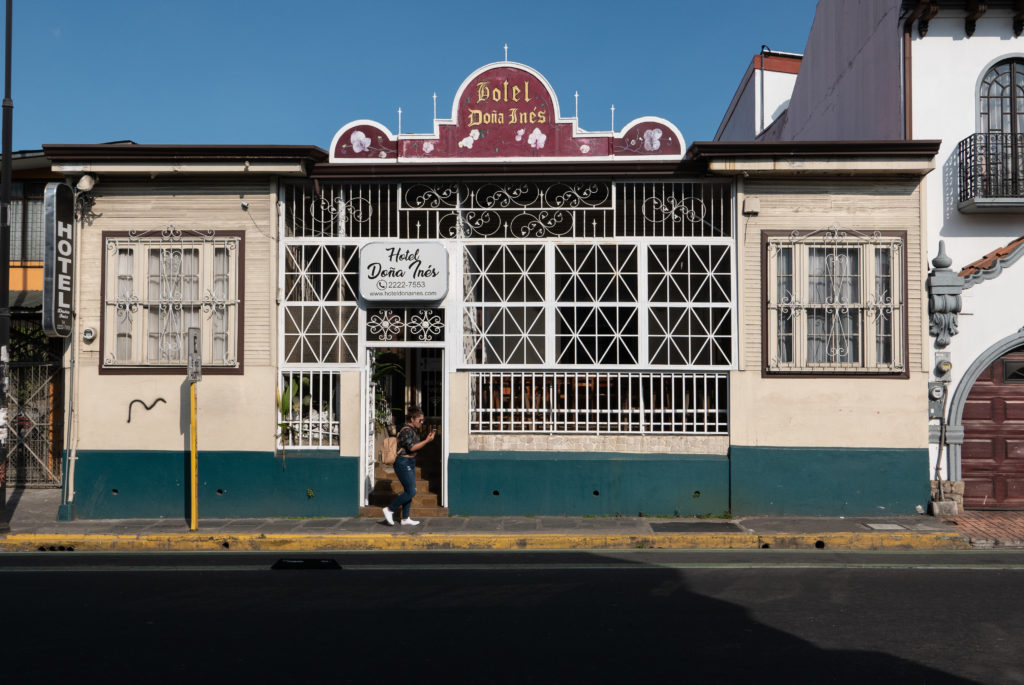There are cities in Central America where you’re advised not venture out after dark, but San José is not one of them. Sure, there’s an area known as the Zona Roja that’s supposed to be dangerous, but every city has districts like that. I walked around San José from dusk til midnight and never once felt ill at ease.
I started in Chinatown, where I had a fine dinner at Restaurante Holiday Hot Pot. I was drawn in less because I wanted to eat and more because the way the place looked drew me in.

The decor was a mix of whimsical and industrial, Chinese and international. Whoever decorated the place knew what they were doing. Everything felt purposeful, fun, and harmonious. I felt so comfortable there that after I finished my meal, I stayed and read a chapter or two in Shantaram, the book I was carrying. One of the joys of travel is having an open schedule that allows for a lot of reading time.
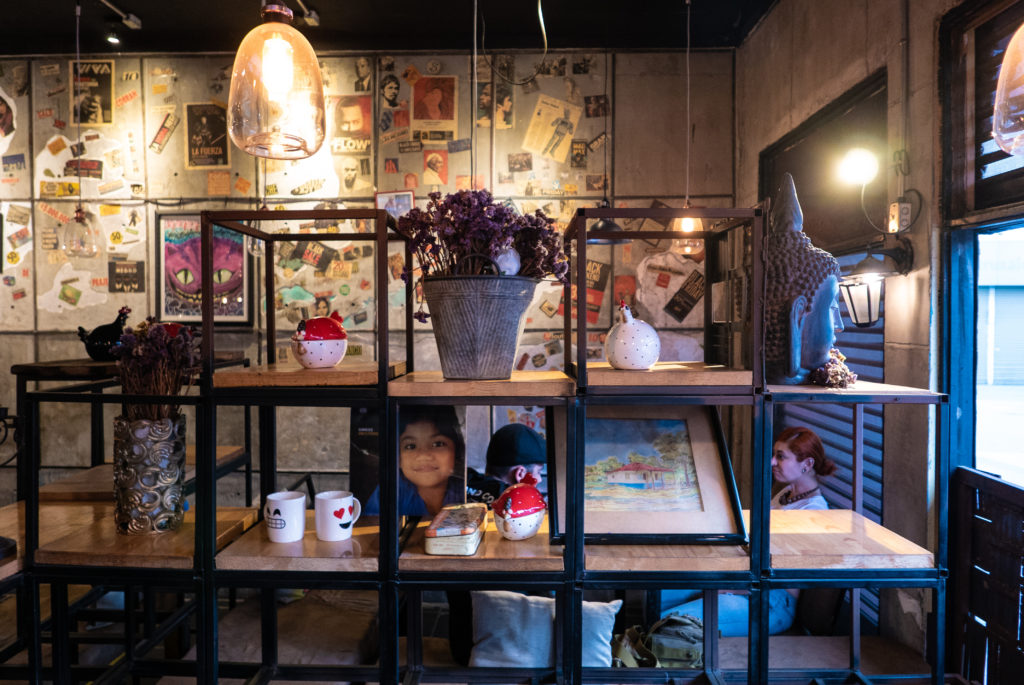
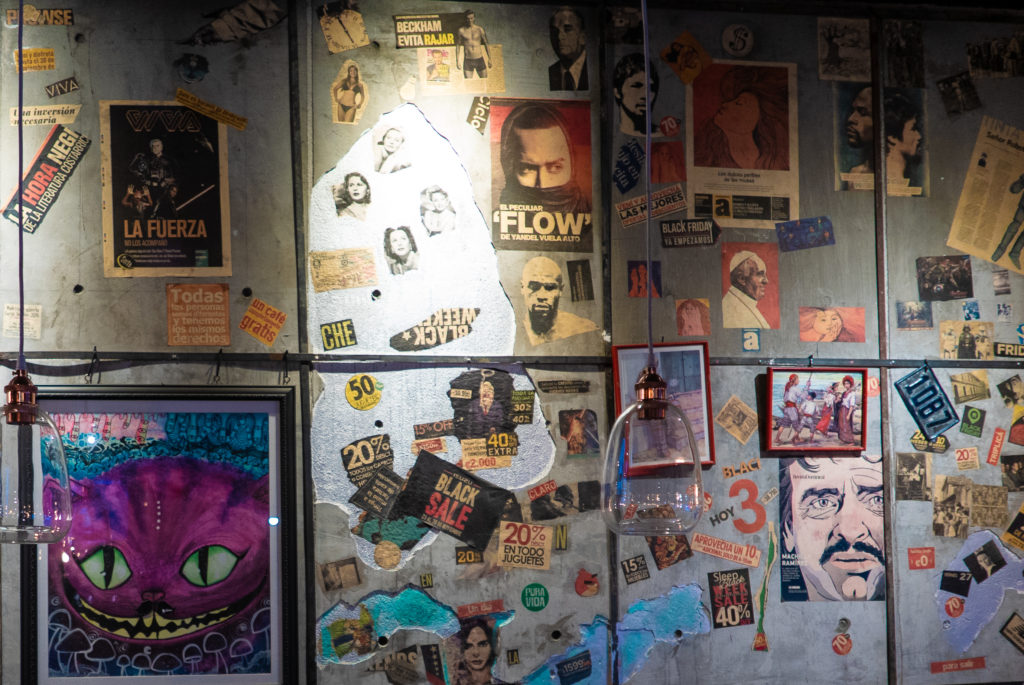
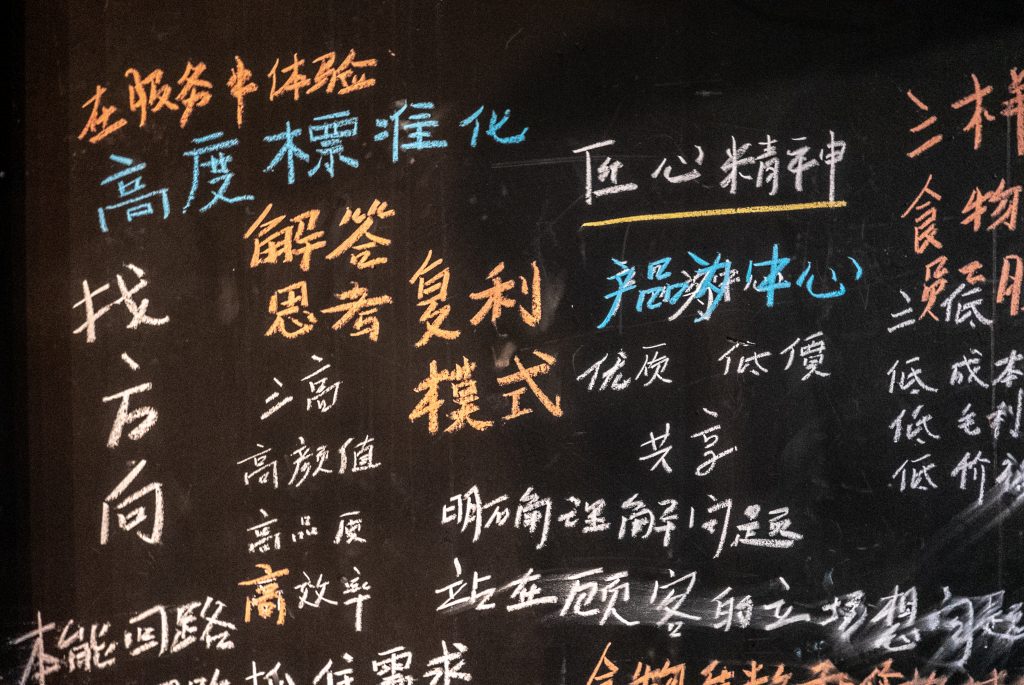
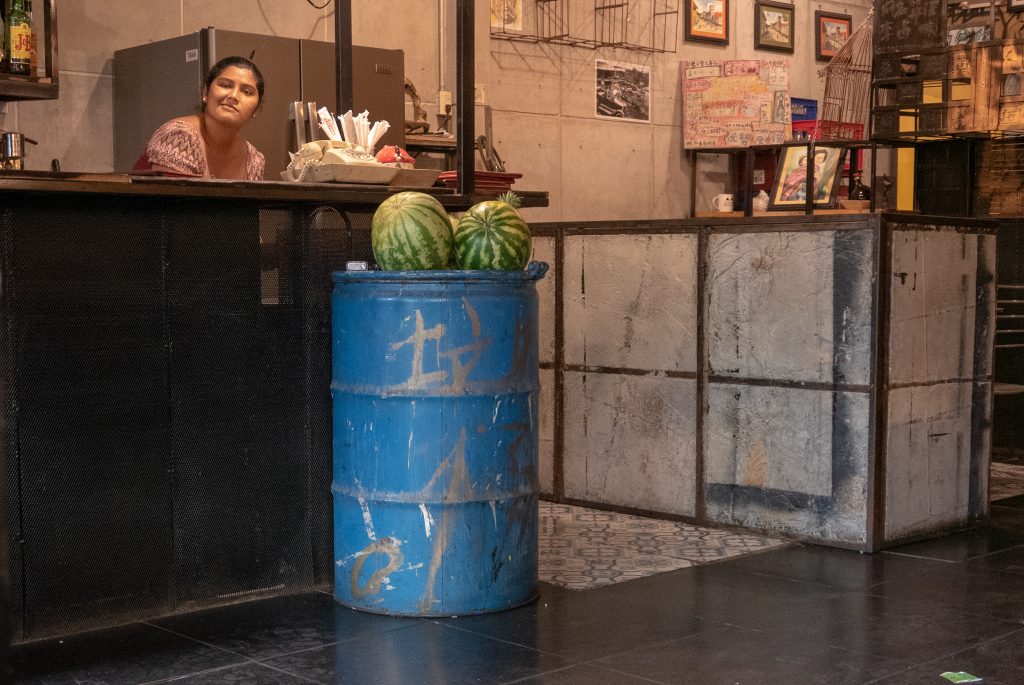
By the time I was ready to press on, it was dark out. I walked without any particular destination through Chinatown and into a light industrial area.

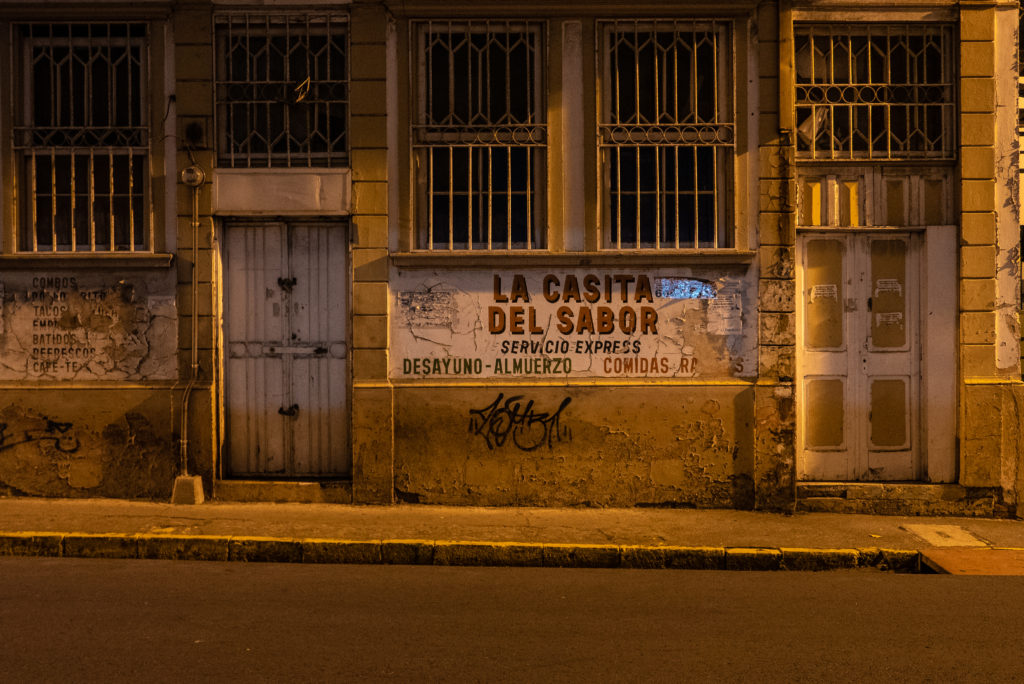
I saw evidence that unions are alive and well in Costa Rica. This one, the CCTD, was founded in 1943 with the support of the Catholic church. Today it represents workers in the banking, agricultural, railroad, insurance, and public utilities industries.
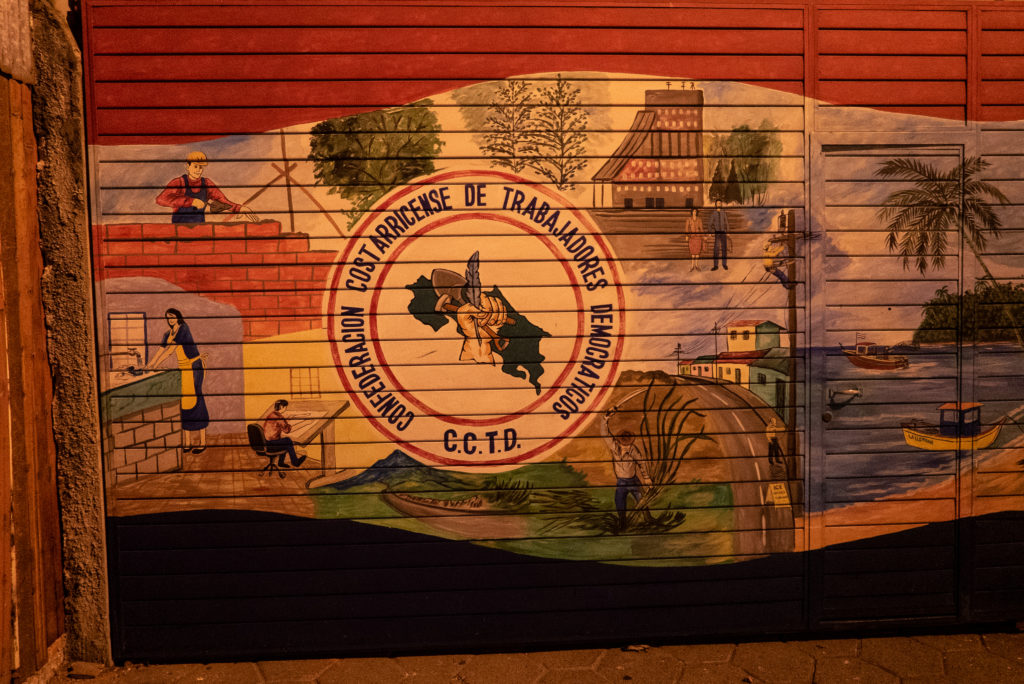
Soon I found myself in an area where you could drink, dance, vape, and get your hair cut.
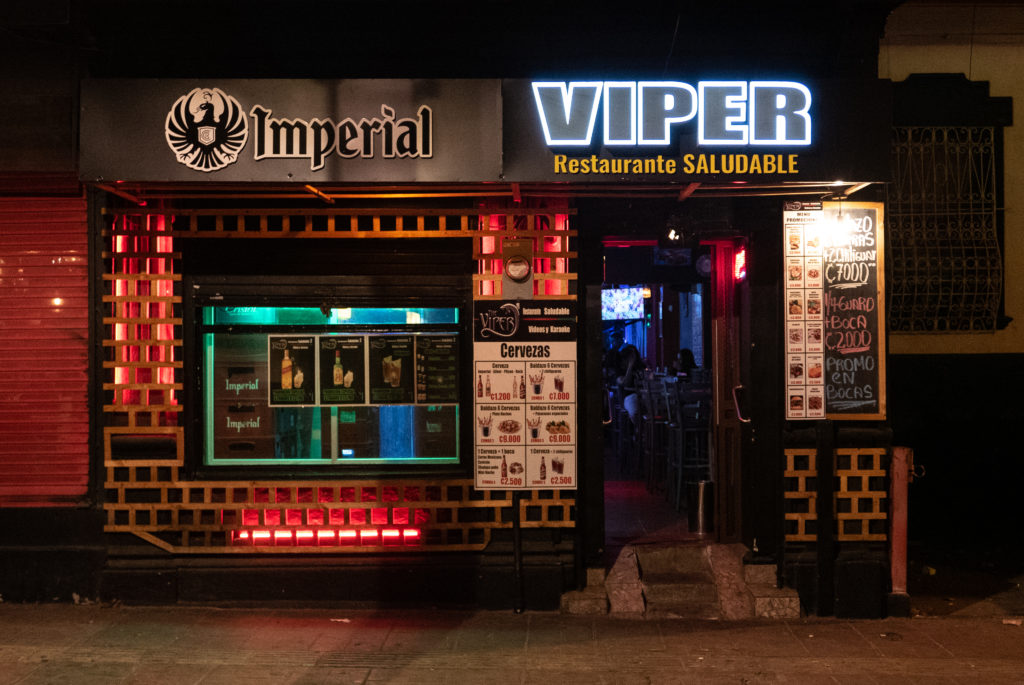
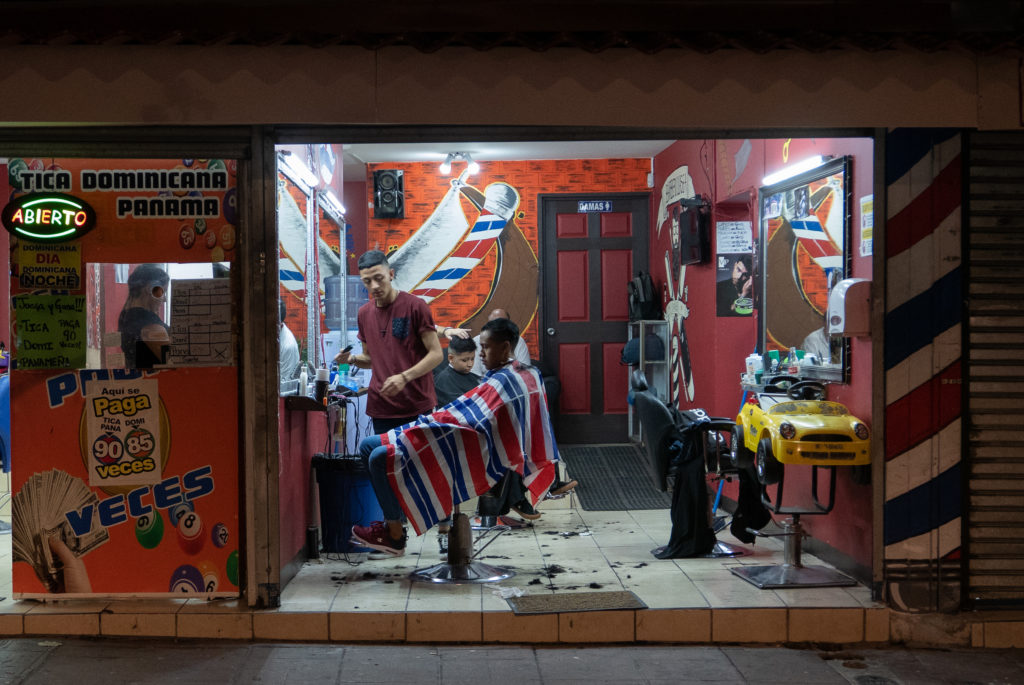
I wound up back in the skate park where I’d had an earlier encounter with John Lennon. I was unable to decipher the iconography of the nearby church. I’m guessing that this is supposed to be a representation of Mary, but what does the propeller signify? Is she the patron saint of aviation?

Even late at night there were lots of people on the main streets. This fruit vendor was doing a good business.
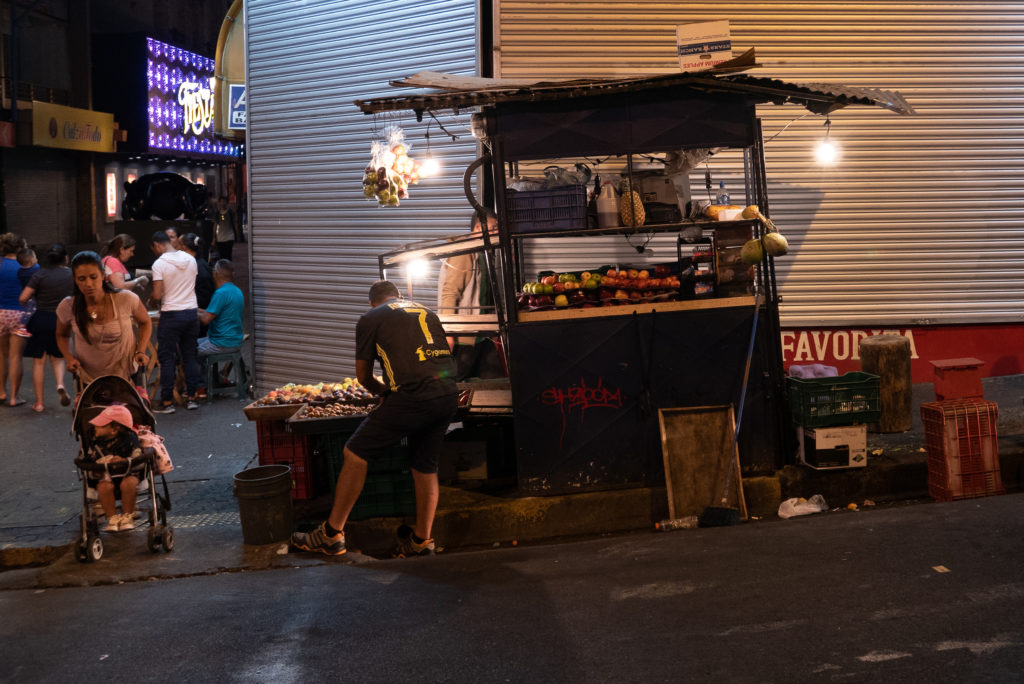
I found my way back to my quarters in Barrio Amón. It was still early by Costa Rican standards, but I was operating on very little sleep after a late flight out of San Juan caused me to miss my connection in Bogota. A more thorough exploration San José’s nightlife will have to wait until next time.
